Apex Predators: Time To Appreciate Horror

What is it about the horror genre that serious film award shows hate? A horror film – be it monster, slasher or splatter film – has never won the Best Picture Academy Award in its near-century existence. The Silence of The Lambs was a notable scary movie that won big at the Oscars, scooping Best Picture, Director, Writing and two Acting gongs, but that film falls moreso into the psychological thriller genre and is not a true horror movie. Some have come close: Get Out, for example, received a Best Picture nomination last year, and William Friedkin’s infamous spook-fest The Exorcist was nominated for 10 awards, winning two (although not the big one).
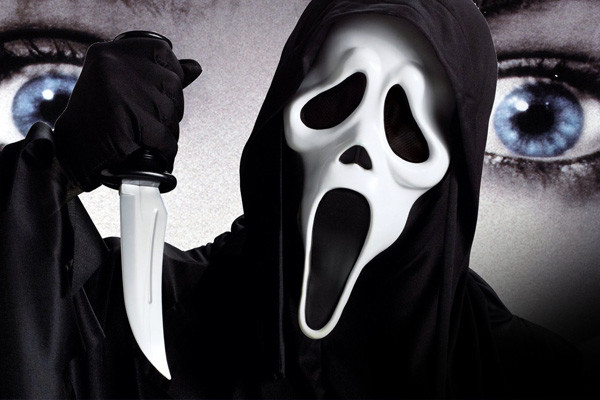
Horror film are among the film industry’s “lesser” genre of films, sitting comfortably alongside comedy as genres least likely to pick up peer recognition during Hollywood’s awards season, which typically runs between November and February. When was the last comedy you saw up for major awards at the Oscars or Golden Globes? When was the last horror film to actually win a significant award other than “Best Kill Scene” or “Scariest Moment”? Last year’s eventual Best Picture, The Shape Of Water, could possibly be a monster movie but it’s not exactly horrific.
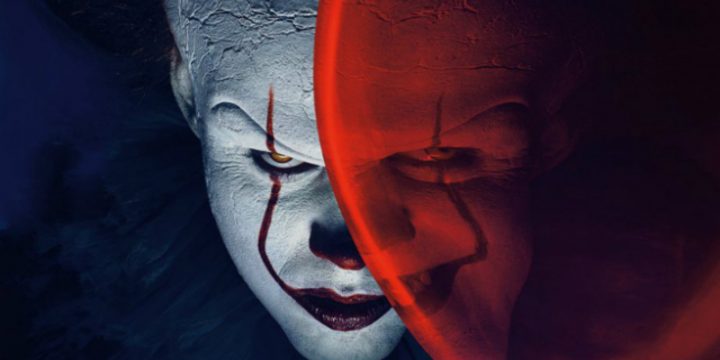
The origin of this problem goes all the way back to the birth of the horror genre. Hollywood studios back in the early era of cinema could only produce a certain number of feature films each year, and only a smaller percentage of those could be funded as “prestige” pictures. The vast bulk of Hollywood’s output had to exist in the cheaper, easily produced and quick-buck recouping comedy or horror films; audiences loved to either laugh or be scared, and it was often far easier to make a joke or stifle a scream than it was to produce lavish epic movies to bring in easy box-office dollars. Thus, comedy and horror film were seen as less prestigious, and usually made for less money because they could be put into quick turnaround. Little wonder we see a bazillion Dracula, Frankenstein or spin-off (read: ripoff) films back in the day, because much like now, studios traded in identifiable intellectual properties to keep their cash-flow rolling.
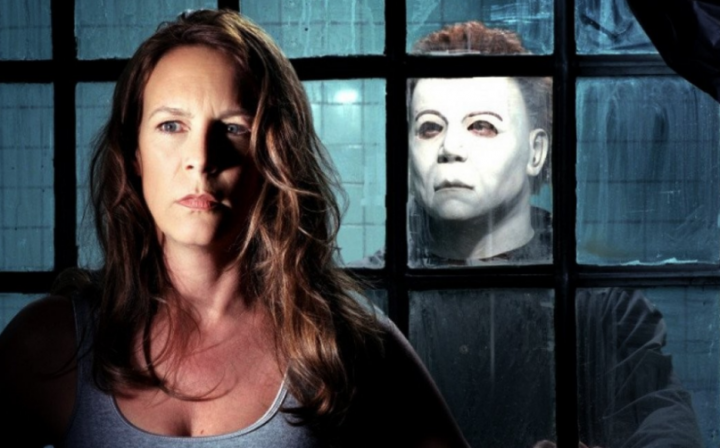
The horror genre saw a resurgence in the 1980’s, spawned from classic franchises such as Friday The 13th, Nightmare on Elm Street and John Carpenter’s Halloween, all of which produced innumerable sequels, reboots, and remakes throughout the years. This isn’t to suggest that these films are worthy of Oscar consideration – for almost all, far from it – but the genre’s proliferation and petri-dish environment for up-and-coming filmmakers should not be understated. Making a good movie on a small budget is always a challenge, and the horror genre (maybe more than comedy, even) offers the biggest of challenges to modern filmmakers: how to terrify the audience with the least possible amount of money?
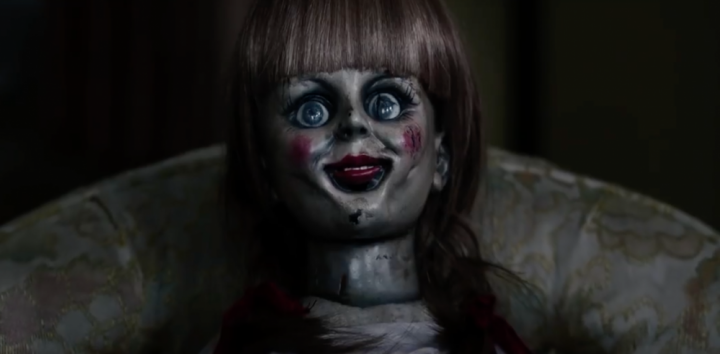
In the last decade, horror has found itself reborn yet again. While still comparatively cheaper than big-budget blockbusters and comic book movies, the horror film genre has attracted not just newcomer filmmakers across the globe but also established names, including big-name stars to appear in films they might otherwise have avoided. Names such as James Wan, an Australian filmmaker who rose to prominence off the back of his Saw and Conjuring franchises, is now set to direct the blockbuster DC property Aquaman for Warner Bros, whilst Get Out, the Babadook, It Follows and this year’s Hereditary have made industry names out of directors Jordan Peele, Jennifer Kent, David Robert Mitchell and Ari Aster thanks to not only quality scripts, but fantastic acting and above par direction.
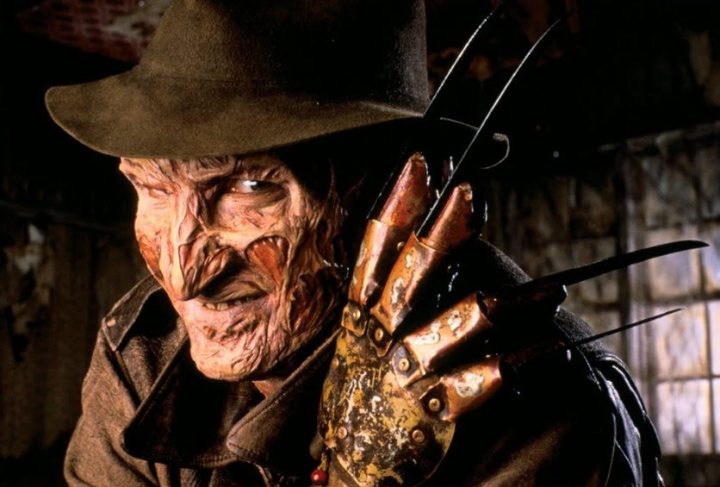
If a film is measured critically by the success of its story and ability to affect and audience within its mandate, then how are many of these exceptionally well made examples of the genre being overlooked by the industry’s peers? Don’t Breathe had arguably the best sound mixing and editing of any film I saw in 2016. and yet it saw not a single bit of love in any serious award consideration. It Follows‘ cinematography and directorial execution was sublime, and… again, nothing. Is it because these films are somehow seen as inferior stock to that of more prestigious fare, or higher budget cinema? Why don’t awards circles look closely at how successful these horror movies are in terms of what they achieve within the genre – are they freakin’ scary? If they deliver an experience to an audience, then surely – surely – they warrant some plaudits. Sure, every so often you get dreck like Slender Man, but hey, we also get terrible prestige films as well.
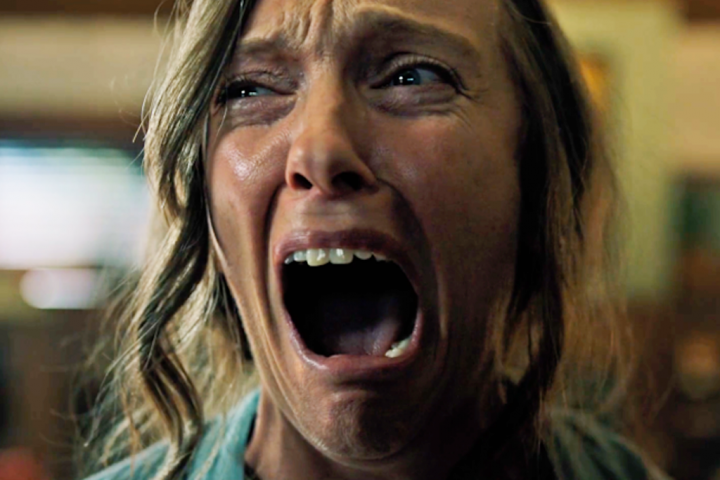
Horror films can be just as creative and ingenuous with their technique and style as the biggest of big blockbusters, despite usually having a tenth of the budget and a hundredth the scope. Incredible effects, often achieved within the camera, can make a film sizzle just like the most expensive CG shot an Avengers can muster; it depends on context, character and story, obviously, but horror films and their skin-prickling terror are ubiquitously overlooked and they shouldn’t be. Filmmakers often cut their teeth on these cheaper film productions, moving on to bigger and better things through their success, and I believe the industry should approach horror films with far more credibility than they currently do.
